Ball valve 1: 2-1: 2 inches trouble-free operation
This article is about the choice of valves for water supply in a city apartment. We will get acquainted with the device of modern ball valves, compare them with competing solutions and learn how to choose and install the valve with your own hands. So let's get started.

Description
Device
The device of half-inch ball valves is almost the same for all manufacturers.
The locking ball turns a quarter of a full turn in the body (usually collapsible).
- In the open position, the through slot in the ball is aligned with the valve threads;
- In the closed position, the passage is completely blocked by a solid wall of the ball..
The rod is inserted from the inside and out through the hole in the housing. Outside, the rod is equipped with a lever or butterfly handle. The lever is somewhat more convenient to use, because it allows you to apply less force when changing the position of the ball; but the butterfly is more compact, which is very useful in niches and behind furniture.
Specify: ball valves of large size (from DN50 and more) instead of the handle can be equipped with a gearbox. However, with a conditional passage of 15 mm, for obvious reasons, it is not claimed.
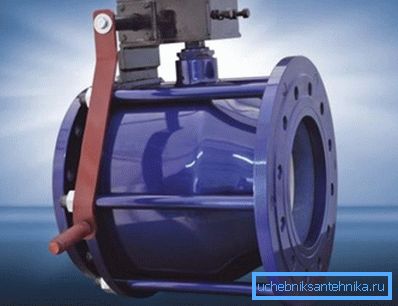
What provides sealing valve and rod?
There are several options.
- Teflon seats under the ball and seal under the stem are used in imported products (for example, in Valtec valves) and are characterized by a high operating temperature (up to 250 ° C).
- Fluoroplastic seats can be combined with a fluoroplastic ring seal or a pair of rubber rings on the stem.
The valve body is usually made of brass. It is, but already with chrome or nickel electroplated coating, serves as a material for the shutter. The handle is aluminum or steel, sometimes with PVC coating for better thermal insulation.
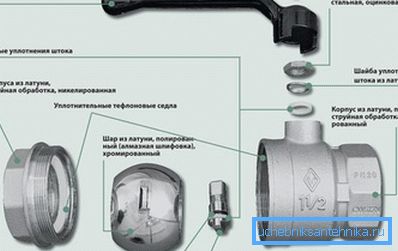
The price of a half-inch ball valve is highly dependent on the manufacturer and varies in the range of 90 - 400 rubles. Universal (intended for hot and cold water) valves are marked in red handle. The blue color indicates a limited heat resistance, yellow - that the valve is gas.
Specifications
They do not indulge in diversity. For the absolute majority of solutions on the market, the list of characteristics looks like this:
| Parameter | Value |
| Operating pressure | 16 atmospheres |
| Working temperature | 150С |
Stainless steel valves are much stronger and able to perform their functions at pressures of 25 - 40 atmospheres. More rarely, brass products designed for the same pressure can be found.
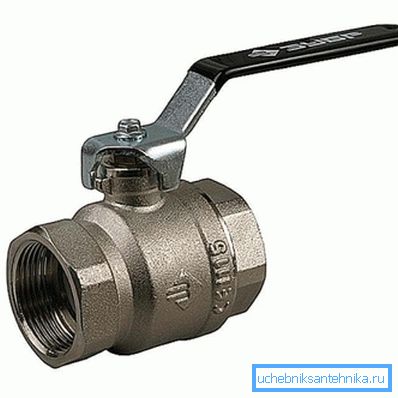
However, for home use, definitely not worth chasing them:
- Regular pressure in heating and water supply systems never exceeds 8 - 10 atmospheres.
- In the case of water hammer there is a margin of safety. The valve can operate for 16 years at 16 atmospheres, but a short-term pressure jump of up to 20-25 kgf / cm2 will almost certainly not be destructive for it.
By the way: a much more vulnerable point of water supply is the flexible hoses leading to the tank and the faucet. Their thin sleeves before cap nuts come off already at 12–14 atmospheres (especially after several years of operation).
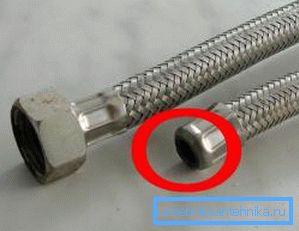
Variations
The valve body can take almost any shape and can be combined with many fittings for connecting pipes.
We give some examples of combined solutions.
- The valve with internal thread on one side and the external one on the other is convenient in front of the tank or mixer: it allows you to connect the captive nuts of the notorious flexible connections without the use of nozzles.
- The valve - a corner will be very useful for corner installation.
- The valve, combined with a coarse filter - a turnkey solution for installation at the entrance to the apartment.
- Finally, a product with a thread and a fitting for squeezing metal-plastic or a coupling for welding to a polypropylene pipe will save space and dispense with an additional threaded connection.
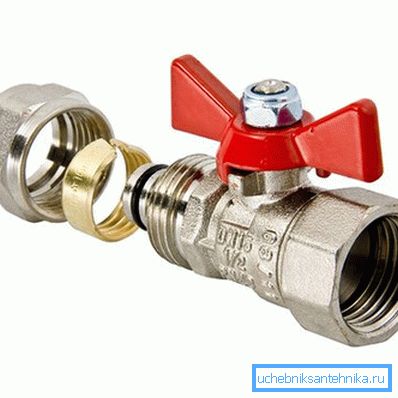
Important: 95% of leaks occur on welded, fitting or threaded connections. Solid pipe sections of any type create problems to the owner extremely rarely.
Comparison with competitors
The competitors are time-tested solutions - screw and plug valves. For them, this comparison can be succinctly described as a phrase a complete rout.
The hydraulic resistance of the full bore (and almost all ball valves belong to this type) of the valve does not differ from the pipe section of the same length. It has neither channel bends nor diameter transitions. Screw and, to a lesser extent, cork valve give a noticeable pressure loss.
For the same reason, sand, scale, or slag never accumulate in or in front of a ball valve. If you open the screw valve after ten years of operation, under the valve seat you will find rich deposits of debris, which reduce the pressure of water that already falls during the separation.
To rotate the handle requires a very moderate effort. No tools needed at all. The cork valve always has to be turned with a large, sometimes dangerously large force: the friction of the metal on the metal creates a much greater resistance than on the polymer saddles.
Gland packing and gasket change? No, not heard. As a maximum, after several years of active operation on the ball valve, it will be necessary to tighten the seal around the stem, turning the nut-socket by half a turn.
Finally, in the case of a ball valve, the direction of water flow through it is irrelevant. At the same time, screw products can be mounted only along the arrow. The instruction is associated with a high probability of the valve tearing off when the countercurrent and the water hammer accompanying the breakout.

Selection and installation
What to look for when buying and installing a ball valve?
- On the weight of the product. The most common defect in cheap valves manufactured in Southeast Asian countries is the silumin body instead of chrome-plated brass. Silumin is noticeably lighter.
By the way: in order to avoid fakes, it is better to buy a faucet not in silver, but in a yellow case.
- For the presence of a nut-gland. If, instead, the seal is tightened with a washer under the handle, it will be much more difficult to tighten the worn seal around the stem.
- On the thickness of the walls. The larger it is, the less likely it is to crush the faucet during installation.
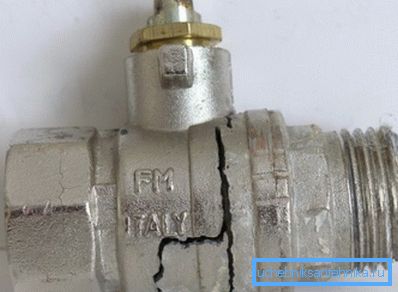
- By the way, about the installation: the valve is mounted using a wrench with moderate force. When the fitting is installed in the installed valve or the sgon - hold its body, not letting it rotate. The winding is a polymer sealing thread or clean, without straw, sanitary linen with paint.
Conclusion
We hope that our material will help the reader to avoid mistakes when choosing and installing valves for their own apartment. If you want to learn more about the type of valves you are interested in - the video in this article is waiting for you. Successes!